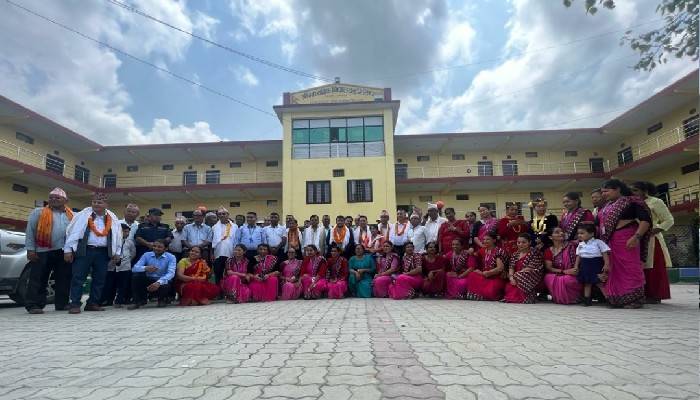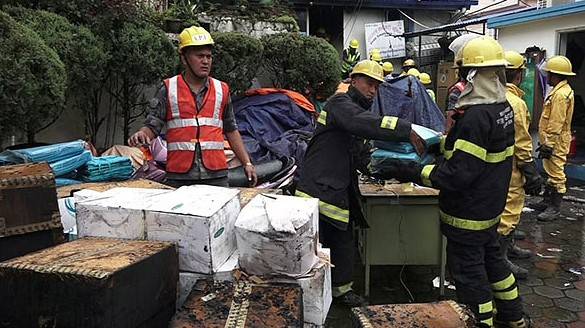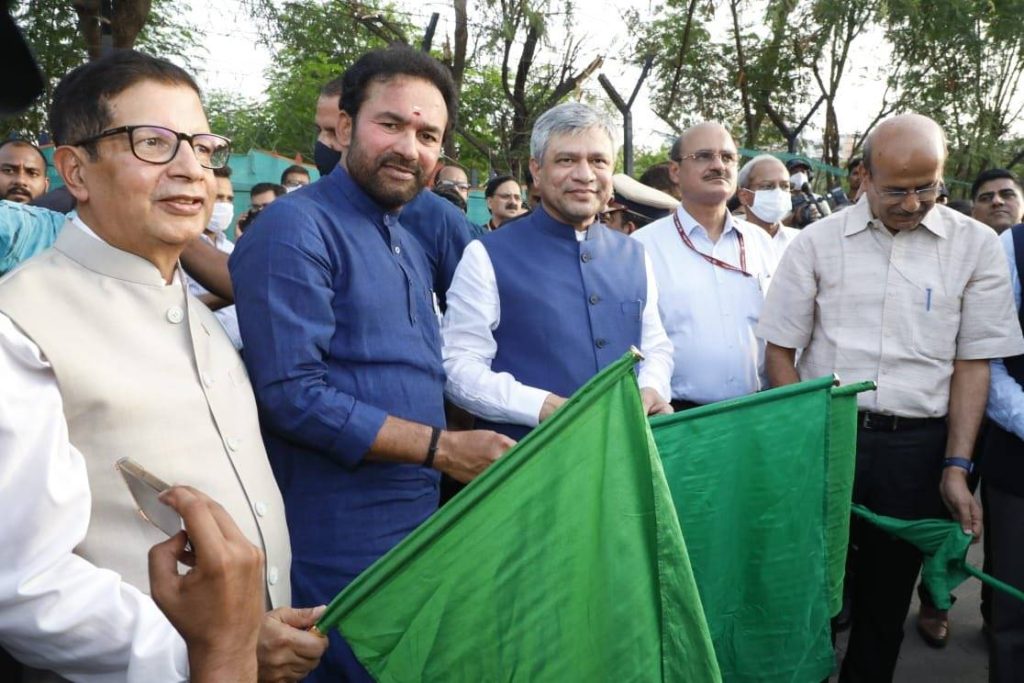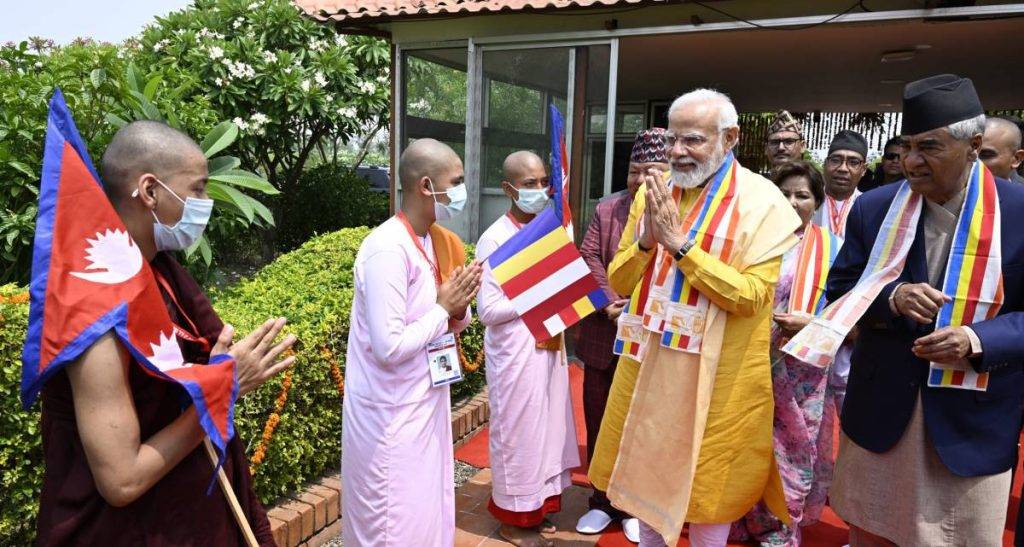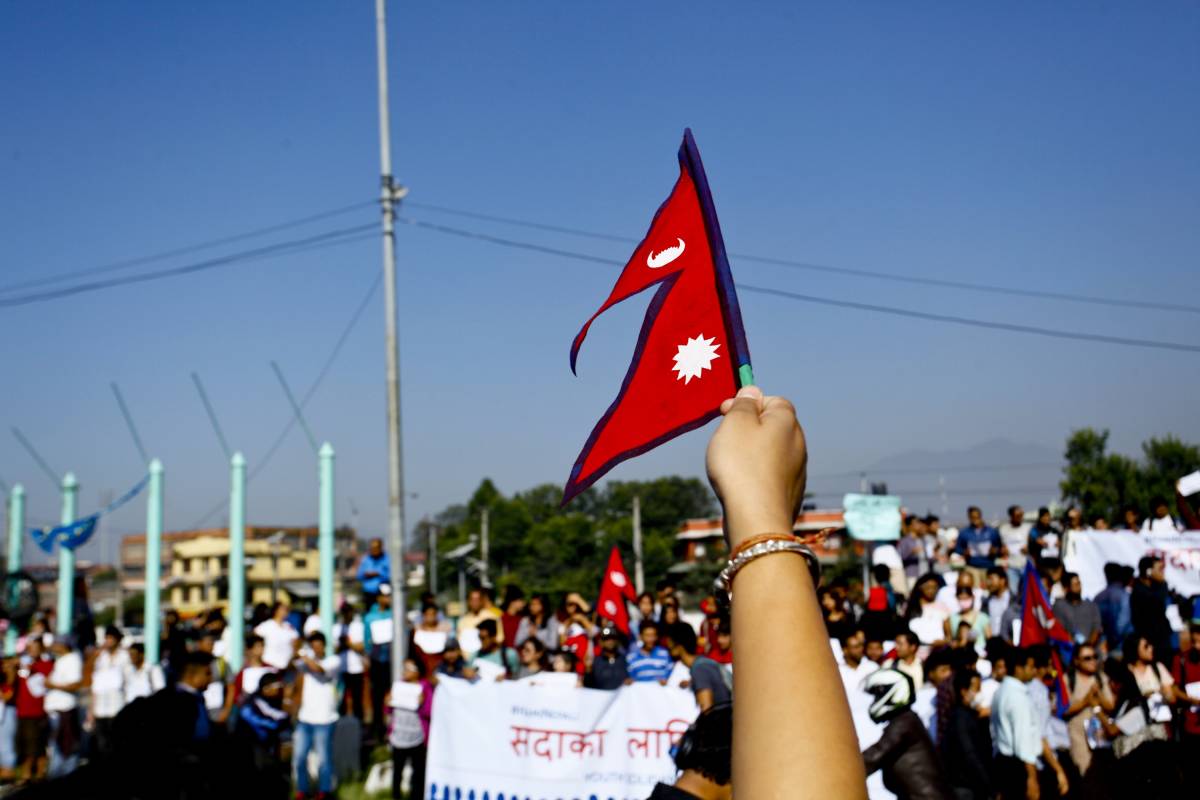With an acute shortage of fertilizers during the peak harvest season, the harvest for the season could dwindle further slashing incomes increasing fear of food shortage and increased inflation….reports Asian Lite News
Nepal farmers face a shortage of fertilizers during the peak harvest season that could reduce food availability and incomes, but the silver lining is that Nepal is trying to purchase fertilizers from India through a government-to-government agreement.
On the slopes surrounding the capital Kathmandu, Gopal Kafle was busy preparing his field to transplant paddy saplings. His woes, for the time being, have been warded off as he was able to secure a sack of fertilizer before the price shot up owing to the shortage.
“I could not get the fertilizers on time this year too. There is an acute shortage of it. The last time when I purchased a sack then it cost (Nrs) 2,600 now the price has gone to (Nrs) 3,200. There also is an acute shortage of fertilizer.”
In order to increase production, Gopal has been using 6.5 kilograms of fertilizer immediately after the transplantation of saplings. In due course of time, the amount of fertilizer to be used in the field continues to increase adding to the expenses of the farmers.
With an acute shortage of fertilizers during the peak harvest season, the harvest for the season could dwindle further slashing incomes increasing fear of food shortage and increased inflation.
The agricultural sector of the Himalayan Nation contributes to about 25 per cent of the national economy further employing about 60 per cent of the workforce of Nepal. But the broken supply chain of fertilizers and black-marketing at the time of need has added on owes to a slow growth rate, and high inflation leading to possible stagflation.
During the meeting of the House of Representatives on June, 13, House speaker, Agni Sapkota issued a ruling to the government directing resolution of the issue at the earliest.
“The chemical fertilizers are most essential to increase the production of agricultural goods and during the cultivation of paddy- major cash crop, there has been a shortage of it. Attention has been drawn to it. Contributing about 25 per cent of total Gross Domestic Product (GDP), solutions to impending problems of the agriculture sector should be given priority and the necessary fertilizers should be made available to farmers on time by exercising all possible measures, this meeting of the house of representatives hereby directs the Government of Nepal.”
The government has been claiming of making efforts to procure fertilizer through a government-to-government deal with India after state-run companies failed to make timely imports mainly due to high costs.
“Realising the need for fertilizer during the harvest season, a total of 1,50,000 metric tons of fertilizers are being attempted to be purchased from India during this fiscal year under the government-to-government agreement. In order to secure the purchase, the Government of Nepal has appointed KrishiSamagri Company Ltd. and India has appointed Rashtriya Chemical Fertilizer Ltd. Both the companies are undergoing discussion in multiple rounds and the deal has reached to the end to secure the purchase,” Mahendra Rai Yadav, Minister for Agriculture and Livestock Development had said on June 13, 2022.
A memorandum of understanding with India had been signed for the supply of 150,000 tons of chemical fertilizer through a government-to-government deal. As per which, the southern neighbour had promised to send a shipment of 50,000 tonnes of urea and 30,000 tonnes of DAP by mid-July as a crisis mitigating measure.
Regarding the increased price of fertilizers, the minister claimed, “The Ministry of Agriculture and Livestock Development, for the eased import of fertilizers has always put its best efforts despite which spike in the price of fertilizers discomfort has been experienced in supply. In due course of time, the KrishiSamagri Company Ltd- 10,5000 metric tons, Salt Trading Corporation- 1,17,000 metric tons which add to 2,22000 metric tons of chemical fertilizers were supposed to be received via various importers and suppliers. As they were not able to supply it, there has been a shortage,”
The Ministry of Agriculture and Livestock Development has estimated that the annual demand for fertilizer stands at around 600,000 tons.
As per Nepal Government’s official figures, fertilizer price have swelled four to five-fold within a year, and the government would need more than Rs70 billion for subsidies to fulfil the farmers’ demands. The government had set aside Rs15 billion to import chemical fertilizer. But at current prices, the money will be barely enough to buy 200,000 tons.
“Fertilizers have become a necessity while cultivating the crops. We can do nothing about it,” Gopal Kafle said in disgrace. (ANI)

